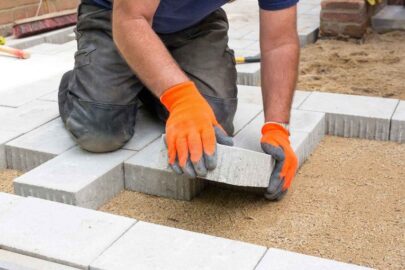At the Financial Services Expo London back in September, custom-build housing was highlighted as one of the main agendas being pushed by the government in 2019. Speaking in a New Build and Housing Delivery seminar during the event, Douglas Cochrane, head of housing development at Lloyds Banking Group, explained that custom-build was an area under close investigation by the government. He spoke of an existing register of 90,000 people currently interested in such projects, and with the government set to push this agenda through the media over the course of the next year that future growth should be expected.
This is a story which the intermediary market should be following with great interest. When speaking to a variety of intermediaries, this is a topic which now naturally raises its head far more often than previously. This may be because we have upped our presence in the self-build marketplace in the past 12 months, but I also believe that demand is also slowly growing and that more clients (and intermediaries) are realising that self-build could be a valid option.
When evaluating this self-build demand its important to keep things in perspective. It remains, and will for some considerable time, a niche area of lending. I need to be careful with the word niche here as this can still sometimes get associated some of the less desirable end of the lending spectrum.
What I mean is that self-build can be a long and often complex process which only a handful of lenders are comfortable with and have a support network in place to help borrowers and intermediaries along this journey. In terms of the loans themselves, applications need to be manually assessed by a specialist self-build underwriter and stage payments determined as per the size and scale of each individual project. Individual lenders will have their own requirements when it comes to criteria and construction types/methods.
Generally speaking, rates and fees are also slightly higher than mainstream deals due to the complexity involved, although proc fees do usually reflect this additional work. These intricacies underline the flexibility and expertise required by lenders to tailor offerings to specific applications and an intermediary’s reliance on lending support throughout this process.
There is a growing number of carefully considered self-build options emerging to match demand from existing homeowner looking to take greater control over their shifting property needs. Potential first-time buyer homebuyers as also less phased by this process thanks to the emergence of TV programmes likes Grand Designs and events such as the Homebuilding & Renovating Show, Self-Build & Design Show and Grand Design Live events which appear to grow year-on-year.
Self-build is an interesting marketplace which is evolving quickly as modern methods of construction continue to push homebuilding boundaries. As a lender who is passionate about this space, our aim for 2019 is to shine an even greater light on this currently under-utilised area of the mortgage market and help even more intermediaries gain a better understanding of how their clients can benefit. And I expect more lenders to follow suit.
David Lownds is head of marketing & business development at the Hanley Economic Building Society
